We’re back with another installment of Before Bonneville, a look at the world of land speed trials held on Florida’s Ormond beach for years before someone ever thought to turn a wheel on the salt. This isa pretty entertaining collection of photos that look at everything from some of the “side” activities that were happening on the beach to the operation of racing itself to the potential pitfalls of running wide open on a sand beach, no matter how hard packed it seemed to be at the time.
I have nothing on the bravery, ignorance, and completely willful acceptance of potential death that these guys had but I once drove a small, un-suspensed, open cockpit tractor about 40mph down my street. Nothing has ever made me feel more simultaneously alive, and a misplaced pebble away from death. I can only imagine the feeling that these racers got when running multiple times that speed on roughly the same technology. This was both an amazing and terrifying time in history.
Check out the spectacle of racing on Ormond Beach more than 100 years ago.
Check out these great images from the speed trials at Ormond Beach 1905-1910
Bicycling was still a major league activity and sport in America during the first decade of the 20th century. Cars were certainly stealing the cyclists thunder but they were out there competing and racing amongst themselves on the sand. Many early race car drivers transitioned from bicycle racing.
This is a Christie race car and what makes it cool is the fact that it was front wheel drive. Like virtually everything else of this era I think it was chain driven. It sure looks like the shape of the body up front has been formed around some big sprockets.
Not quite “Big Chief” levels of destruction but this Simplex had seen better days than this one on the beach. No word on the driver but he likely exited stage left or right or up.
These fellows appear to be heading back up the beach after a successful charge in their Darracq.
Here, a Fiat and a car we cannot identify head off down the beach in an apparent head to head battle. Note the choking clouds of smoke behind them.
Here’s that same Fiat apparently coming off the starting line on a run. The riding mechanic may be questioning the wisdom of is profession right about now.
Having your junk towed out of the rising tide by horses may have been the ultimate indignity. It does not look like there is much left of the car, either.
Initially I thought this was Barney Oldfield but I am not sure. He sure looks like ‘ol Barney though. Whoever it is, the guy seems to be checking on the tension of the drive chain. He’s definitely a driver with the leather helmet and jaunty pants on.
That’s the Minneapolis Cup which I believe was awarded for big speed at the event.
This is a monkey pretending to drive a car. Moving along…
Here’s the Green Dragon and it appears to have shed a tire on its trip down the beach. That was a constant worry of the day and it was a pretty frequent experience. Look at how small and low slung this thing is as compared to stuff like the Fiat and other creations we were showing you earlier.
The only people more brave than the racers were early pilots. Look at this overgrown pile of sticks and two by fours with an engine on it! The controls indicate that it is not a Wright Flyer. Maybe a Curtiss? Powered human flight was only a couple of years old when this photo was taken and ironically I am typing these words at 35,000ft.
This Pope racer looks pretty awesome. It is stripped of all unnecessary stuff and the four cylinder engine is exposed up there in the nose. Hey, at least is was easy to wrench on, right?
Look at the freaking driver’s seat on this thing! That is like a leather armchair. Pretty awesome if you ask us. With no seat visible for the riding mechanic and what looks to be a handle on the side of the driver’s seat, we’re wondering if that poor guy just had to hang on for dear life.
How huge were the cars of 100 years ago? Look at how many people are on this massive beast and it looks like there is room for far more.
This picture is awesome in so many ways but mostly because it depicts a scene that still goes on today. People lining a race course to watch fast cars while race officials and timing officials conduct the business of the event. It is rudimentary version of how it works in these modern times but it sure worked OK at Ormond. How many of those cars along the track can you name?







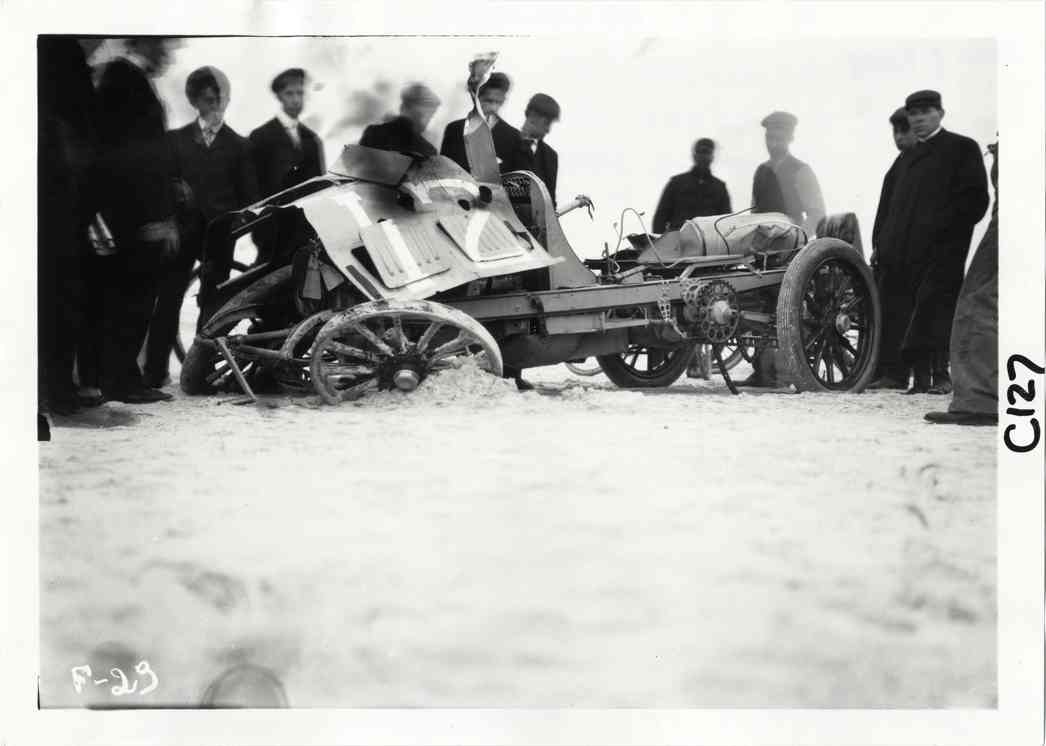









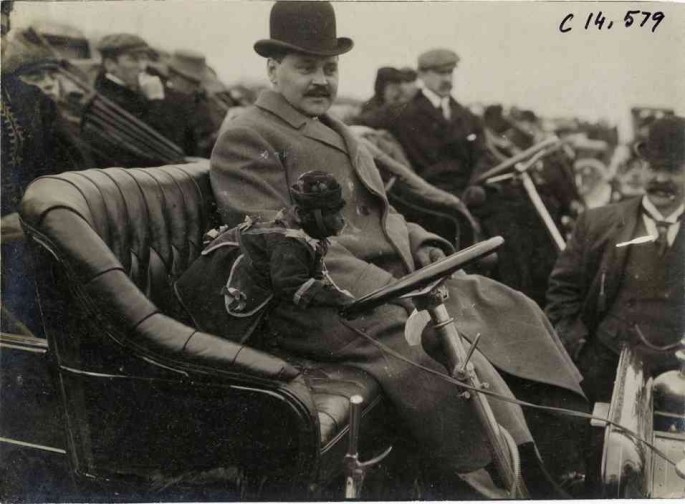


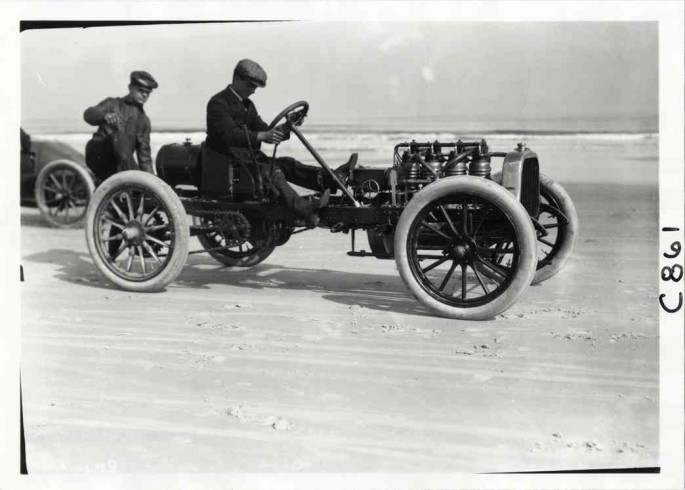
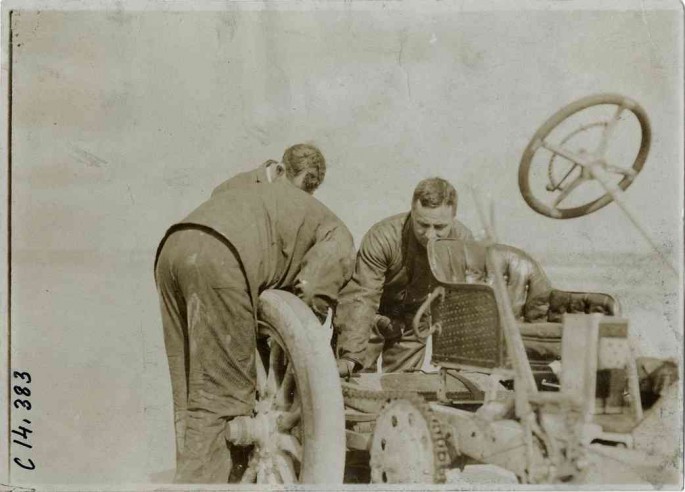
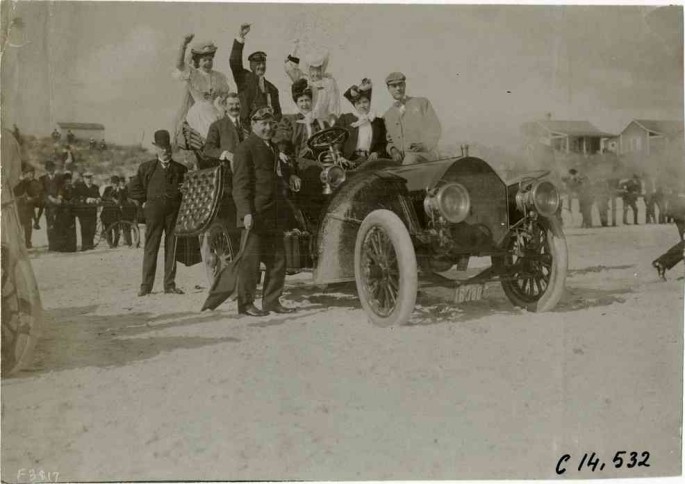






Picture 2 (Car #30): Even 100 years ago there were too many people crowding the starting line!